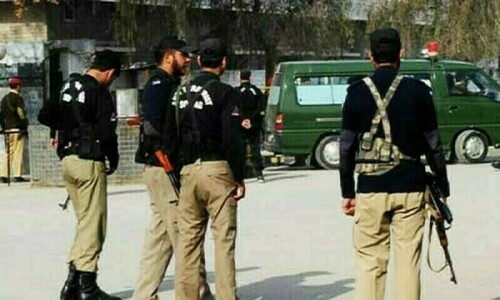Excavated in the 1920s, the Indus valley civilisation was one of the most unique civilisations of the world. It remains an enigma to archaeologists and historians in terms of it being a widespread civilisation without any evidence of wars and conquest.
If it flourished as an empire, why is there no indication available from its monuments and artefacts? Unlike the findings from other great civilisations, there are also no palaces, temples, royal tombs, forts, or gardens found among the ruins.
In Harappa and Mohenjodaro, we find no war reliefs portraying powerful rulers like the Assyrians, where the kings are depicted trampling and skinning alive the bodies of their enemies and prisoners of war.
Reliefs discovered from Persepolis show Persians kings in court, to whom people from defeated nations pay homage and tribute. They prostrate before the king to show their obedience and loyalty. The kings come across as ruthless, brutal, and absolute despots. However, the Indus valley findings show no displays of power and glory.
In Mohenjodaro, the Great Bath is one of the best-known structures among the ruins and believed to have been used for religious rituals. There is also a great hall which probably served for gatherings of citizens. Instead of magnificent buildings depicting grandeur and power, Mohenjodaro appears to be a simple but well-planned town providing comfort and convenience to its people. The concept of hygiene appears as a unique element of the Indus valley culture.
According to the archaeological findings of Gregory Louis Possehl, the Indus valley people burnt their old cities and towns to plan new ones. This theory raises a number of questions as to how they acquired knowledge and technique of planning cities and where did they get the resources to build new cities. However, it is an interesting theory which requires further research and analysis.
There are number of lessons that we could learn from the Indus civilisation. One of the main characteristics of the civilisation was peace and we find its traces spread over a vast area from Balochistan, Punjab and Sindh in Pakistan to Gujarat in India without any traces of war and invasion.
It is remarkable that when its contemporary civilisations were engaged in war, bloodshed, plunder and destruction of cities, the people of Indus valley charmed the neighbouring areas with flourishing culture. Archaeologists found no signs of battlefields, nor bones and skeletons or weapons of dead soldiers. It appears that peace was a powerful tool which united people for their common interest. It was its uniqueness that it followed peace rather than war. As a result, the civilisation prospered socially and culturally.
The evidence testifies that class difference was not so wide. Even if there was a king, he was not absolute and brutal. We also find no hegemony of aristocracy. Consequently, there was no exploitation of workers like in Mesopotamian or Egyptian civilisations where thousands of labourers were forced to build temples and pyramids. The hard-earned revenue of peasants and artisans was spent on building these monuments.
In the Indus valley, traders were the most prosperous and economically active class who had commercial relations with Mesopotamia and other contemporary civilisations. Though they earned wealth as a profit, they never displayed it either in building great houses or to use it as power play. The rich classes seemed to be ethical and believed in simplicity.
The fact that no great temples were discovered in the Indus valley excavations shows that religious beliefs and rituals were simple. Perhaps a priestly class existed with no extensive spiritual power. It also seems that they settled political and social disputes by mutual discussion and understanding.
The cities of Indus valley show that the major concern of the ruling classes was to provide facilities and comfort to people. The rulers spent revenue to educate the people and provide them health facilities. The sewerage and drainage system and wide-open streets indicate a well-planned, hygienic environment.
In the light of the above, we must adopt peace instead of war as a policy to achieve political stability and economic prosperity. There is a need to adopt a simple lifestyle and not be carried away with ostentatious displays of wealth. Our people have a right to clean cities and healthcare facilities. Following the tradition of the Indus valley civilisation and adapting it to modern challenges, we could transform our society for the betterment of people.













































